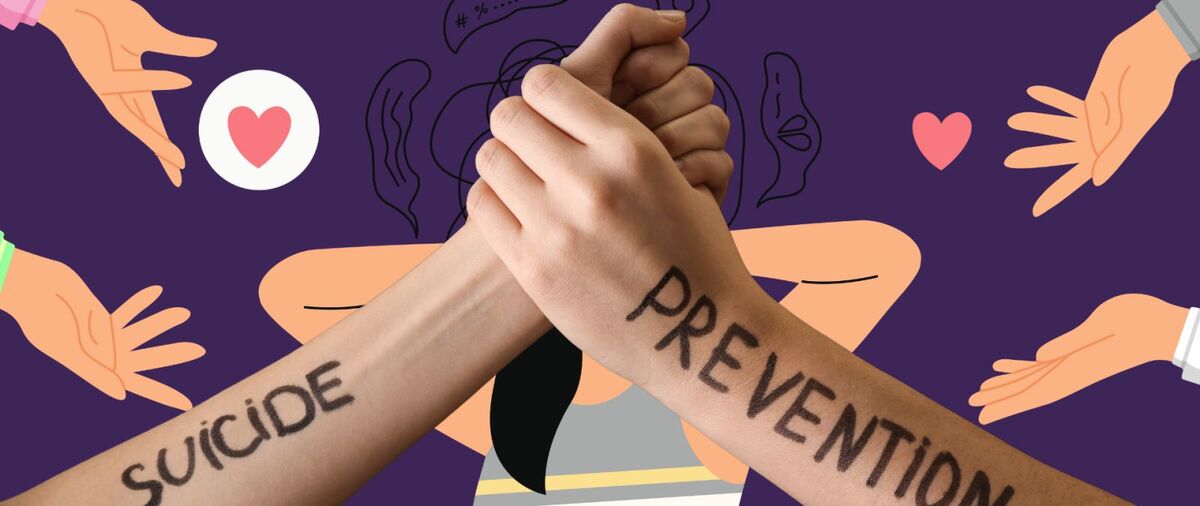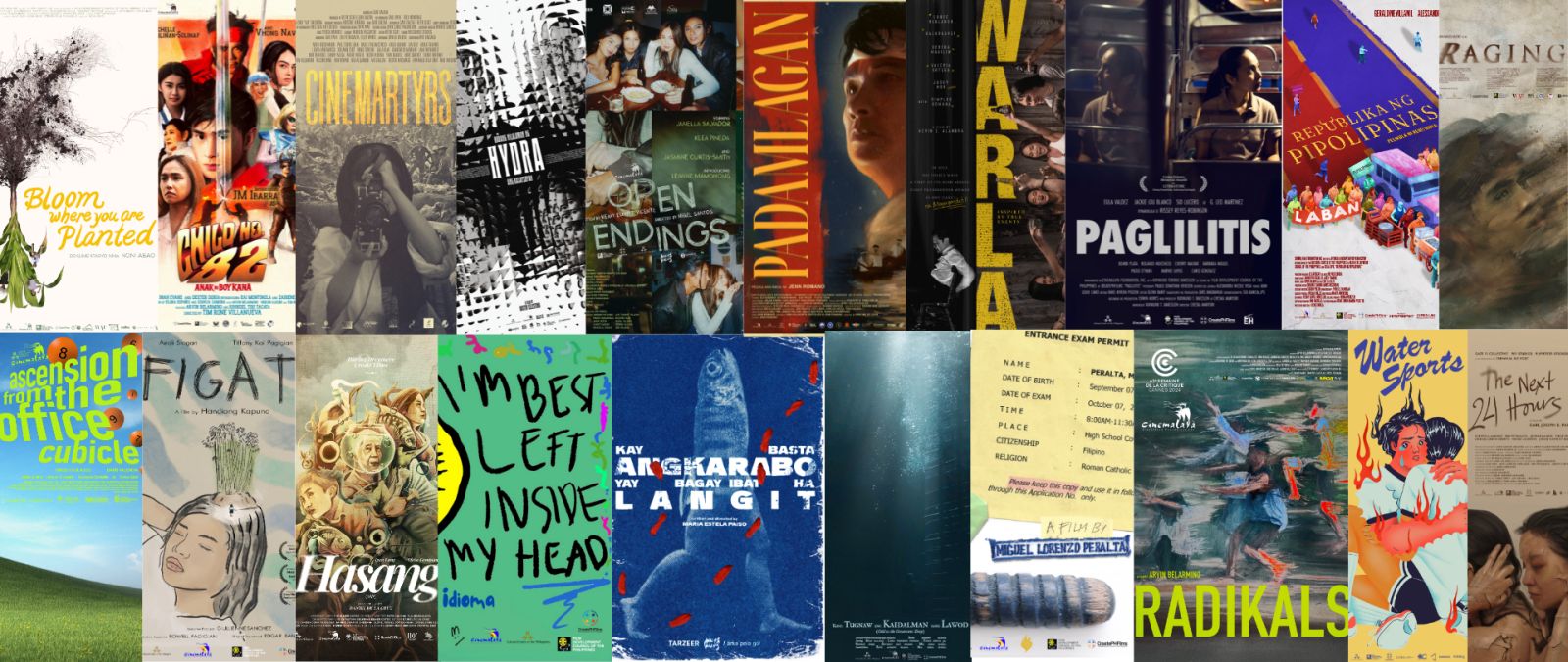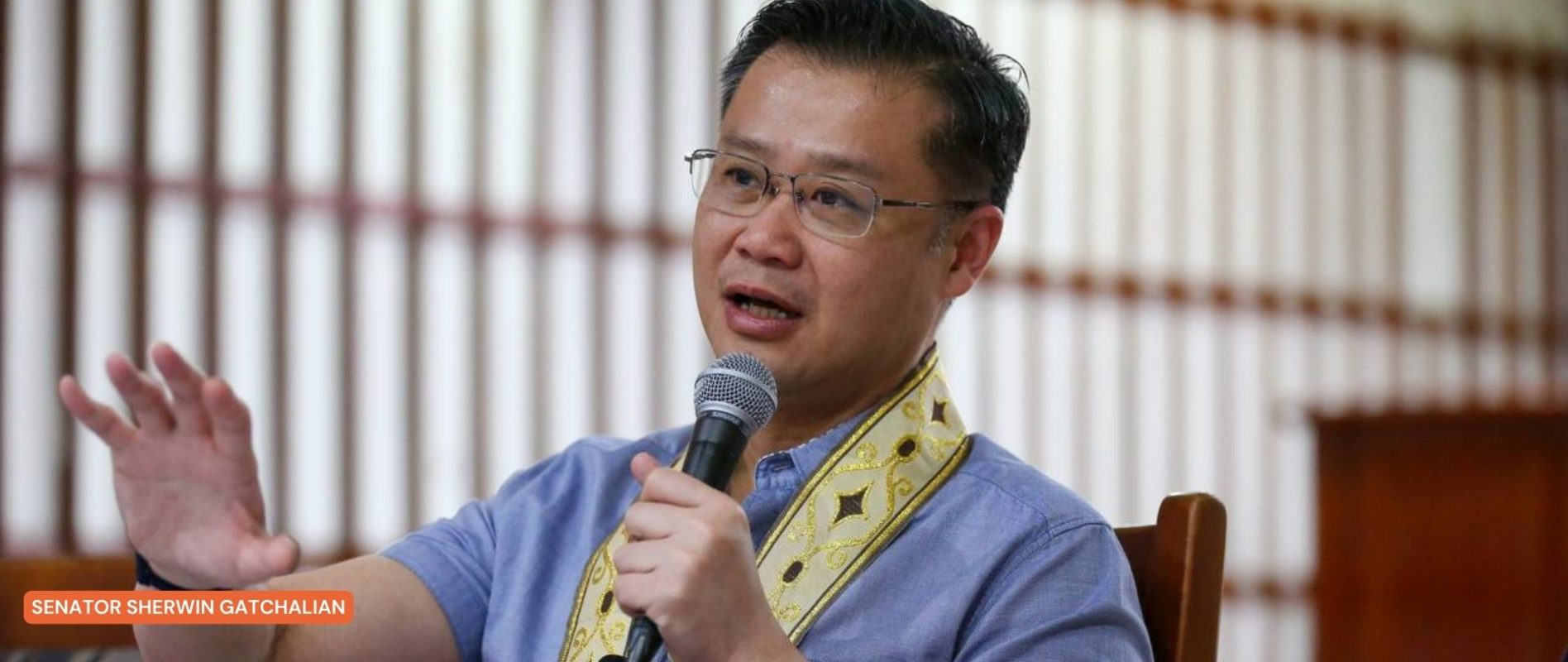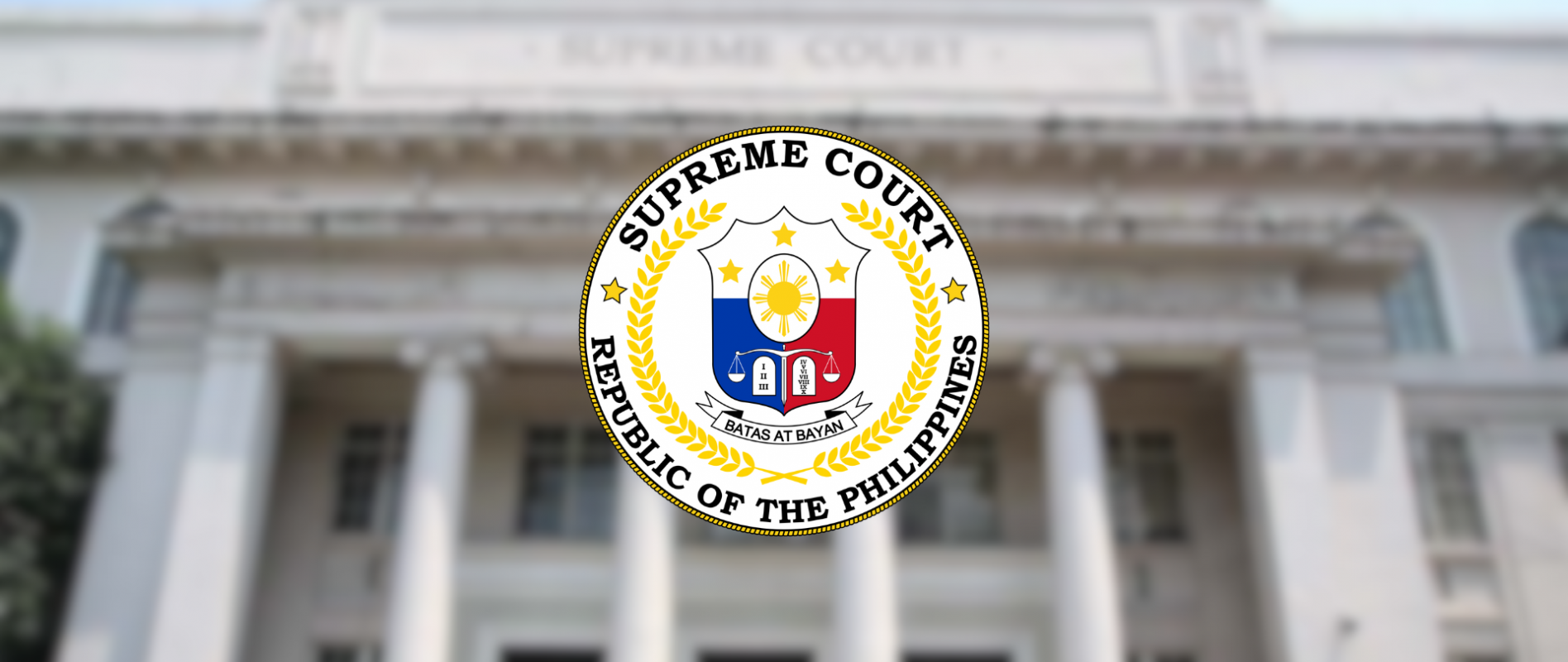WHAT YOU NEED TO KNOW ABOUT THE PHILIPPINES’ NEXT BIG QUARANTINE PLAN: ‘NCR PLUS’ IS BACK UNDER GCQ
Residents within Metro Manila, Bulacan, Laguna, Cavite and Rizal are required to enter this quarantine plan until April 4, 2021 to contain the surge of new COVID-19 cases within the country.
It’s only been a week since we’ve commemorated the one-year anniversary of our pandemic-induced isolation, and it looks like we’re right back at the beginning. For a few weeks we’ve allowed ourselves to believe that things were slowly going back to normal, with quarantine restrictions loosening up enough to allow us to catch up with friends over coffee, or bond with the family back in our favorite restaurants.
But, here’s a harsh awakening of the fact that we haven’t really combatted the pandemic at all.
Given the alarmingly high reports of new COVID-19 cases recently amounting to almost 8,000 patients a day, the government has imposed stricter restrictions in an effort to curb this new surge. With this, it has placed NCR, Bulacan, Laguna, Cavite, and Rizal—the regions with the most number of cases—under General Community Quarantine (GCQ) again from March 22 until April 4, 2021. The included areas will be collectively referred to as “NCR Plus”, also known as the Greater Manila Area.
Here’s a rundown of all the new and returning safety protocols to be practiced within NCR Plus during the quarantine period:
- The four neighboring provinces, as well as Metro Manila, are placed under a bubble, which restricts non-essential travel to and from the affected areas. This is especially notable with the nearing Holy Week break where a lot of people were hoping to get out of the city for some socially-distant fun. With the new quarantine imposition, this will no longer be permissible.
- Large mass gatherings, including religious activities, are prohibited. This includes the upcoming Holy Week activities for the Catholic Church.
- Individuals under 18 and over 65 years old, including pregnant women and people with health risks, cannot go outside and are required to stay home.
- Indoor dining is no longer allowed, while outdoor dining will be reduced to 50% capacity. Restaurants are encouraged to open and operate for take out and delivery options.
- Weddings, baptism, and funeral services are allowed to be held, but guest capacity is limited to 10 people only.
- Private companies are encouraged to revert back to 30-50% operational capacity, and to work with a skeletal team until cases go back down.
- A curfew from 10PM to 5AM will be strictly implemented within the affected region.
The Inter-Agency Task Force on Emerging Infectious Diseases (IATF) clarified that public transportation will not be reduced, but passengers are still required to wear face masks and face shields at all times.
All of these restrictions are ones that we’ve already experienced with the previously placed quarantine levels across the country, but this particular one feels all the heavier as it comes just a few days since our “quarantine anniversary.” This is an upsetting wake up call and reminder that we’re still under a pandemic, facing an invisible enemy and its many, ever-evolving, strains.
As the country awaits the full execution of the government’s vaccination plan, the most important thing we can do is to remain vigilant in following all these safety protocols. They may add a lot more hassle into our lives, but it’s all we have to preserve public health and to protect each other’s health.














